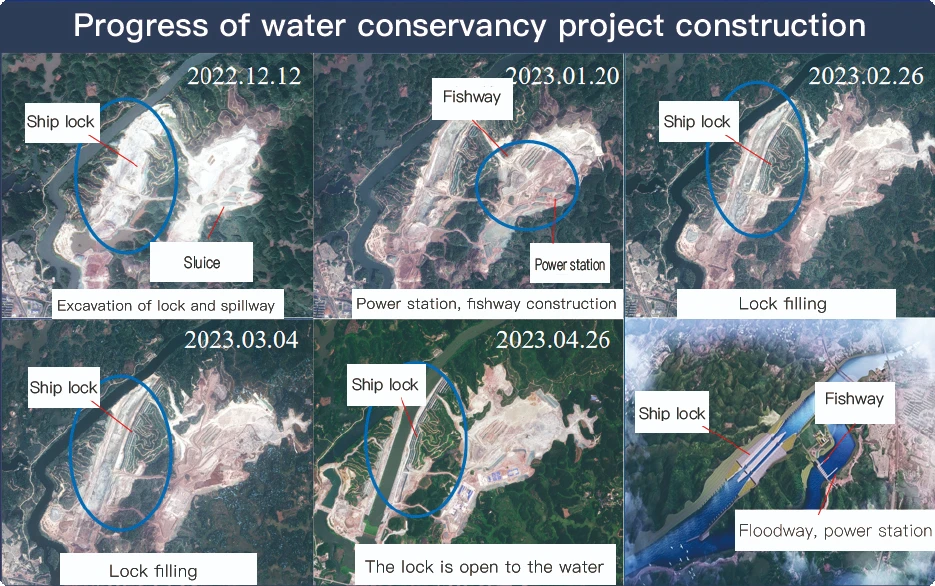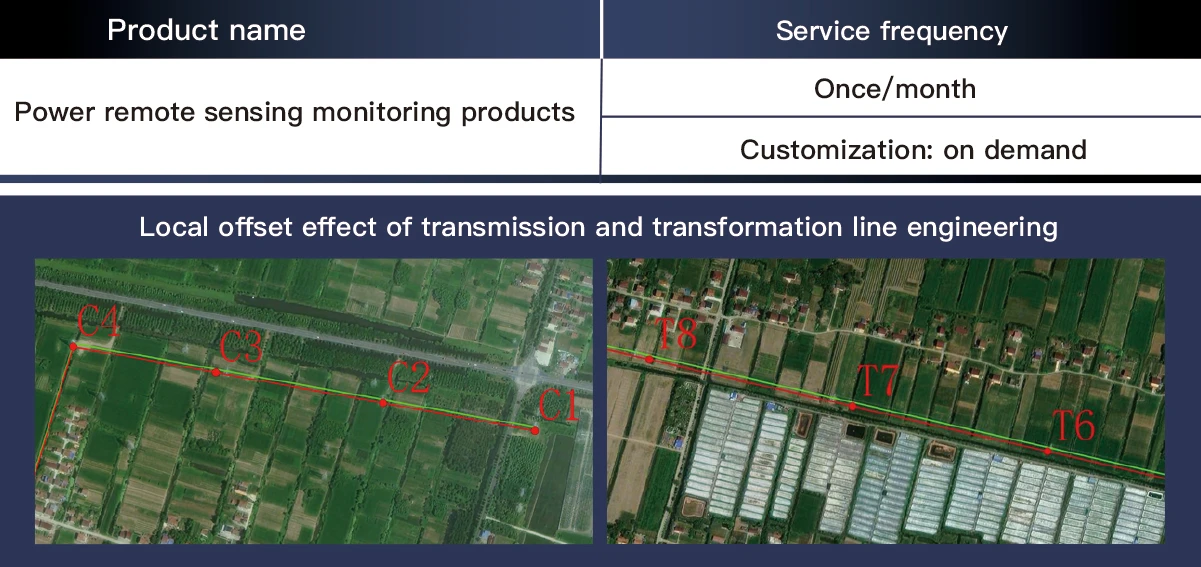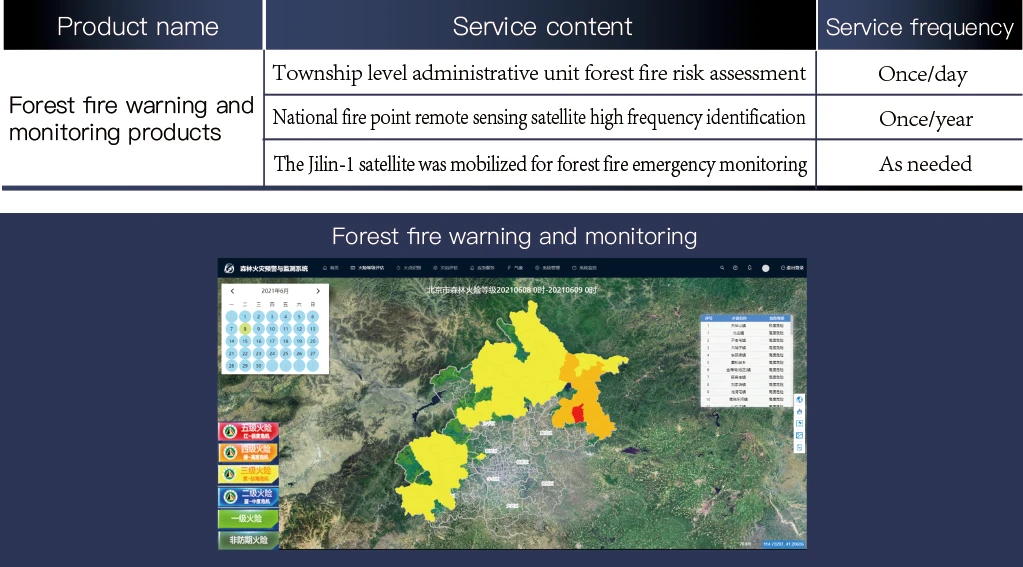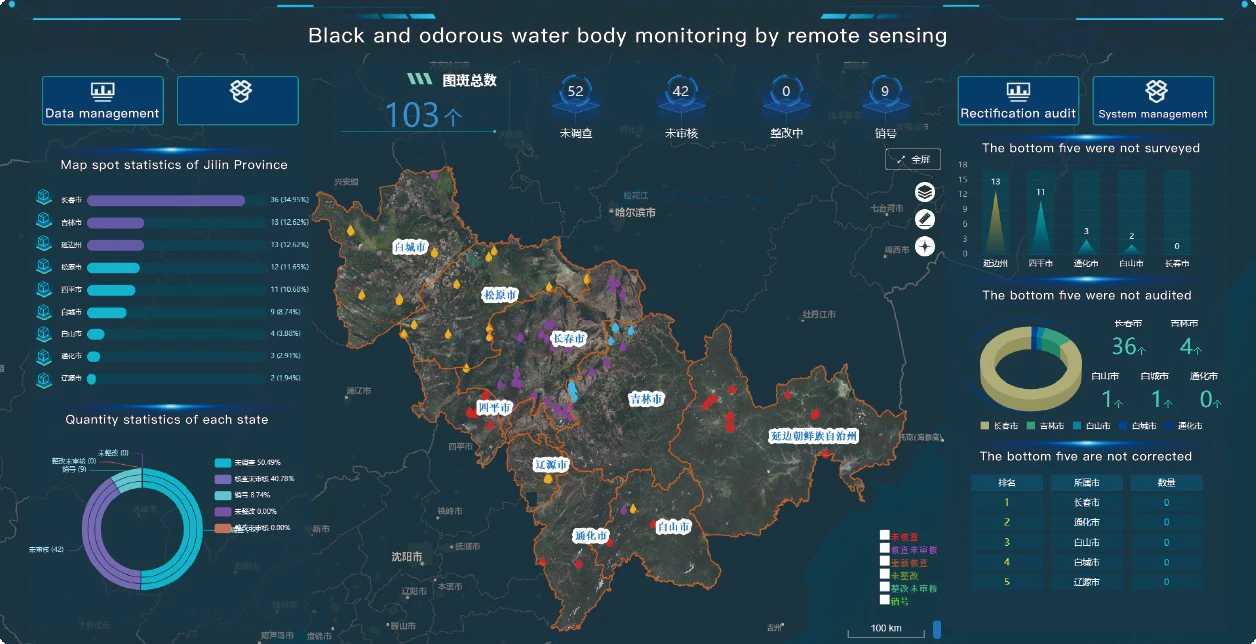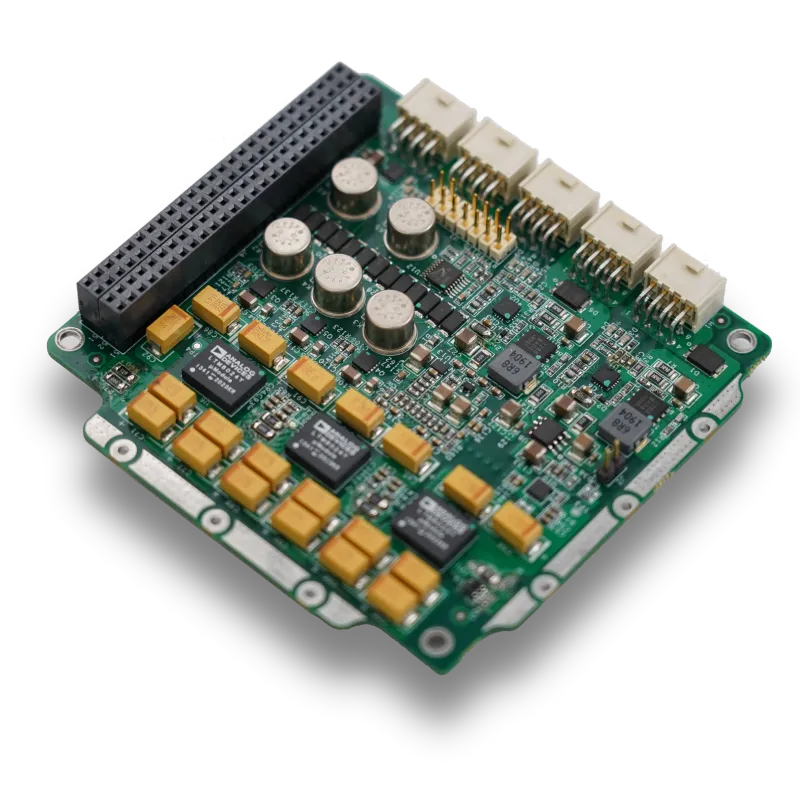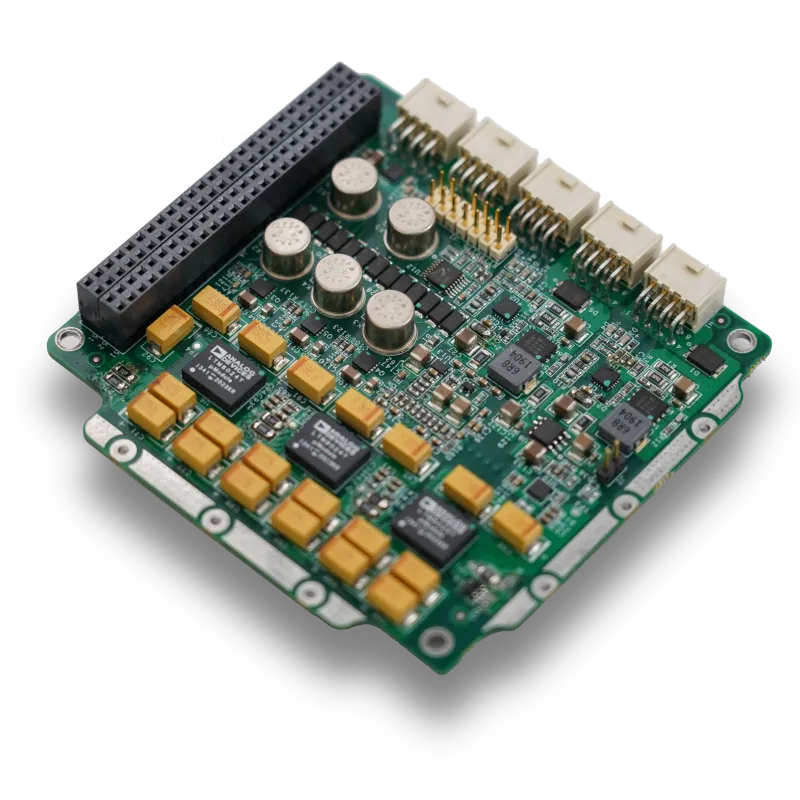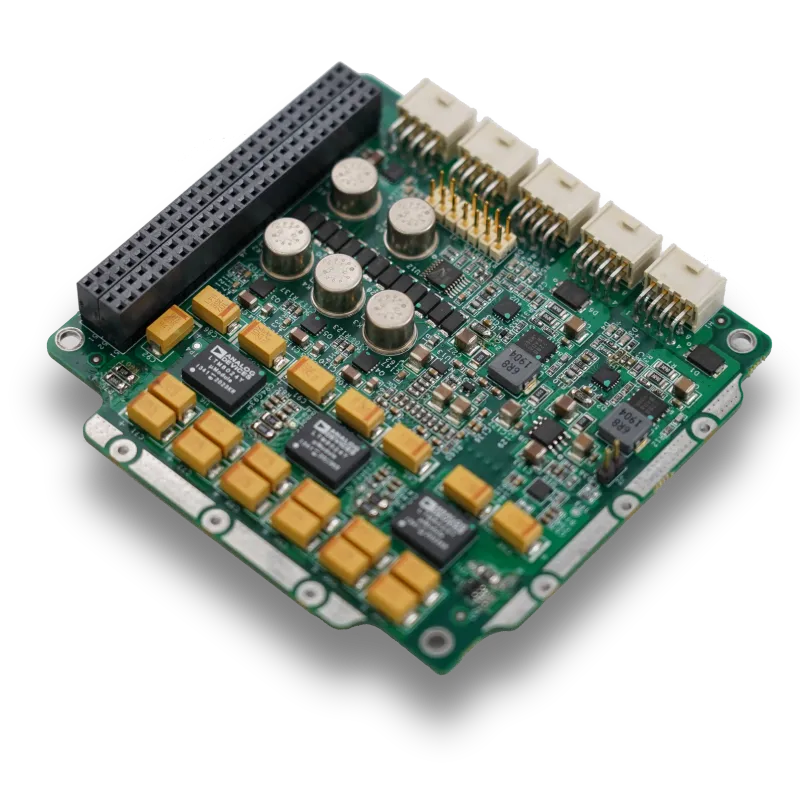
- អាហ្រ្វិក
- អាល់បានី
- អាំហារិក
- ភាសាអារ៉ាប់
- អាមេនី
- អាស៊ែបៃហ្សង់
- បាស
- បេឡារុស្ស
- បង់ក្លាដែស
- បូស្នៀ
- ប៊ុលហ្គារី
- កាតាឡាន
- សេប៊ូណូ
- ចិន
- Corsican
- ក្រូអាត
- ឆេក
- ដាណឺម៉ាក
- ហូឡង់
- ភាសាអង់គ្លេស
- អេស្ប៉ារ៉ាន់តូ
- អេស្តូនី
- ហ្វាំងឡង់
- បារាំង
- ហ្វ្រីសៀន
- ហ្គាលីសៀន
- ហ្សកហ្ស៊ី
- អាឡឺម៉ង់
- ក្រិក
- ហ្គូចារ៉ាទី
- ក្រេអូល ហៃទី
- ហូសា
- ហាវ៉ៃ
- ភាសាហេព្រើរ
- ទេ
- Miao
- ហុងគ្រី
- អ៊ីស្លង់
- អ៊ីកបូ
- ឥណ្ឌូនេស៊ី
- អៀរឡង់
- អ៊ីតាលី
- ជប៉ុន
- ជ្វា
- កាណាដា
- កាហ្សាក់ស្ថាន
- ខ្មែរ
- រវ៉ាន់ដា
- កូរ៉េ
- ឃឺដ
- កៀហ្ស៊ីស៊ី
- ពលកម្ម
- ឡាតាំង
- ឡាតវី
- លីទុយអានី
- លុចសំបួរ
- ម៉ាសេដូនៀ
- ម៉ាឡាហ្គាស៊ី
- ម៉ាឡេ
- ម៉ាឡាយ៉ាឡា
- ម៉ាល់តា
- ម៉ៅរី
- ម៉ារ៉ាធី
- ម៉ុងហ្គោលី
- មីយ៉ាន់ម៉ា
- នេប៉ាល់
- ន័រវេស
- ន័រវេស
- អូស៊ីតាន់
- ប៉ាសតូ
- ពែរ្ស
- ប៉ូឡូញ
- ព័រទុយហ្គាល់
- ពុនចាប៊ី
- រ៉ូម៉ានី
- រុស្សី
- សាម័រ
- ស្កុតឡេក
- ស៊ែប៊ី
- ភាសាអង់គ្លេស
- សូណា
- ស៊ីនឌី
- ស៊ីនហាឡា
- ស្លូវ៉ាគី
- ស្លូវេនី
- សូម៉ាលី
- ភាសាអេស្ប៉ាញ
- ស៊ុនដា
- ស្វាហ៊ីលី
- ស៊ុយអែត
- តាកាឡុក
- តាជីក
- តាមីល
- តាតា
- តេលូហ្គូ
- ថៃ
- ទួរគី
- តួកមេន
- អ៊ុយក្រែន
- អ៊ូឌូ
- អ៊ុយហ្គួរ
- អ៊ូសបេក
- វៀតណាម
- វែល
- ជំនួយ
- យីឌីស
- យូរូបា
- ហ្សូលូ
High Resolution Satellite Images: Unlocking Detailed Views of Our Planet
In the era of advanced Earth observation, high resolution satellite images have become indispensable tools for scientists, environmentalists, urban planners, and curious individuals alike. These images provide detailed and accurate visual information about Earth's surface, enabling a broad spectrum of applications from disaster monitoring to agricultural management. Platforms such as NASA Worldview and Google Earth have popularized access to high resolution satellite imagery, offering both professional and public users unprecedented opportunities to observe our planet. This article delves into the significance of high resolution satellite images, explores sources of free satellite imagery and real-time satellite imagery free, and introduces tools like live satellite camera feeds and considerations like satellite camera price and specifications such as satellite camera megapixel.
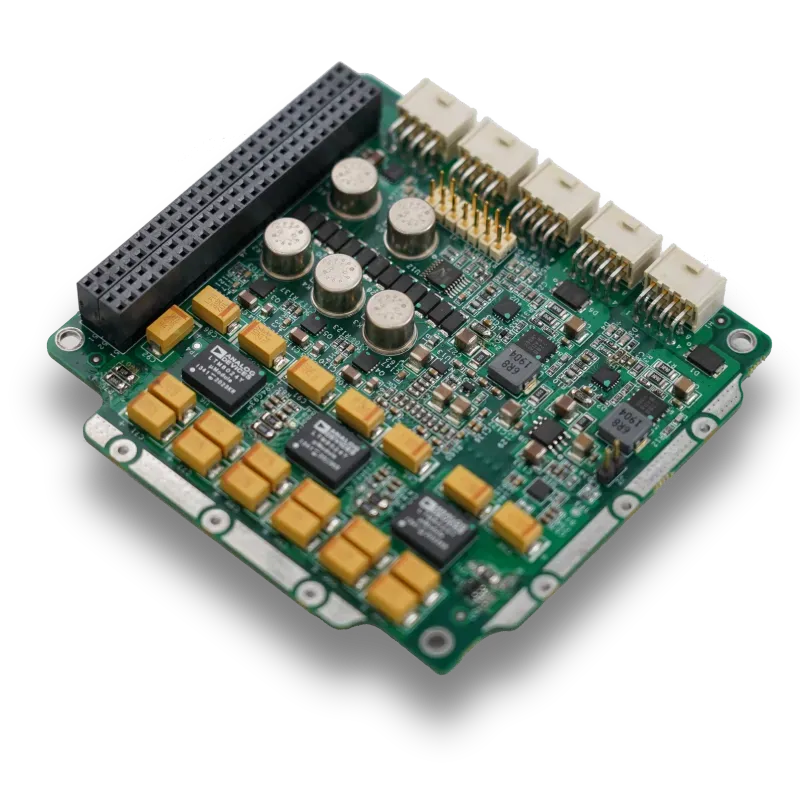
The Importance of High Resolution Satellite Images
High resolution satellite images refer to satellite photographs with fine spatial detail, typically showing objects less than one meter in size. These images allow users to discern intricate features such as roads, buildings, vegetation patterns, and water bodies. This level of detail is critical in applications requiring precision, including urban planning, environmental monitoring, and disaster response.
For example, during a natural disaster, real-time satellite imagery free can provide up-to-the-minute visuals of affected areas, assisting emergency teams in assessing damage and organizing rescue efforts efficiently. The availability of high resolution satellite imagery Google Earth has made it possible for anyone with internet access to explore detailed views of almost any location on Earth, increasing public awareness and engagement with environmental and geographic phenomena.
Platforms Offering Free and Real-Time Satellite Imagery
Several platforms provide free satellite imagery that is invaluable for research, education, and personal use. One notable example is NASA Worldview, which offers users the ability to explore near real-time satellite data, including satellite camera live online NASA feeds. This platform allows for interactive viewing of Earth's surface changes, such as storm development, wildfire spread, and deforestation.
Live satellite camera feeds give users the exciting opportunity to watch Earth from space in real time. These cameras, often mounted on the International Space Station or satellites, capture continuous images that are streamed online, offering a dynamic perspective on global events.
While many satellite imaging platforms offer free access, specialized satellite cameras for home use are also available for purchase. These devices, though limited compared to orbital satellites, provide hobbyists with the ability to observe satellites or even take pictures of Earth from a personal perspective.
Understanding Satellite Camera Specifications and Costs
For those interested in satellite technology or purchasing devices related to satellite observation, knowledge about satellite camera price and specifications such as satellite camera megapixel is essential. Higher megapixel counts typically indicate greater image resolution, allowing for clearer and more detailed images.
Commercial satellite cameras vary widely in price depending on their capabilities. While free satellite camera streams offer public access to satellite views, owning or operating a satellite camera entails costs related to hardware, software, and data processing.
Understanding the satellite camera location is also important; the position and orbit of a satellite or space station affect image resolution, revisit time, and the field of view available to the user.
Remote Sensing Microwave and Educational Resources
Among the various types of remote sensing, remote sensing microwave technology is noteworthy for its ability to penetrate clouds and provide data regardless of weather conditions or daylight. This technology is critical for monitoring soil moisture, sea ice, and precipitation, complementing optical imaging technologies.
For those seeking to deepen their understanding of satellite imaging and remote sensing, a comprehensive remote sensing book can provide foundational knowledge. Such resources cover principles of satellite operations, sensor technologies, image processing, and applications across disciplines.
Conclusion
The availability of high resolution satellite images has transformed our ability to observe and understand Earth. Through platforms like NASA Worldview and Google Earth, users gain access to free satellite imagery and real-time satellite imagery free that support a wide range of activities, from scientific research to personal exploration.
The emergence of live satellite camera streams and commercial satellite cameras for home further democratizes access to space-based observation. Understanding the nuances of satellite camera price, satellite camera megapixel, and satellite camera location enhances appreciation of the technology behind these powerful tools.
Coupled with advances in remote sensing microwave and educational materials like a remote sensing book, high resolution satellite imagery continues to expand our knowledge and stewardship of the planet.

